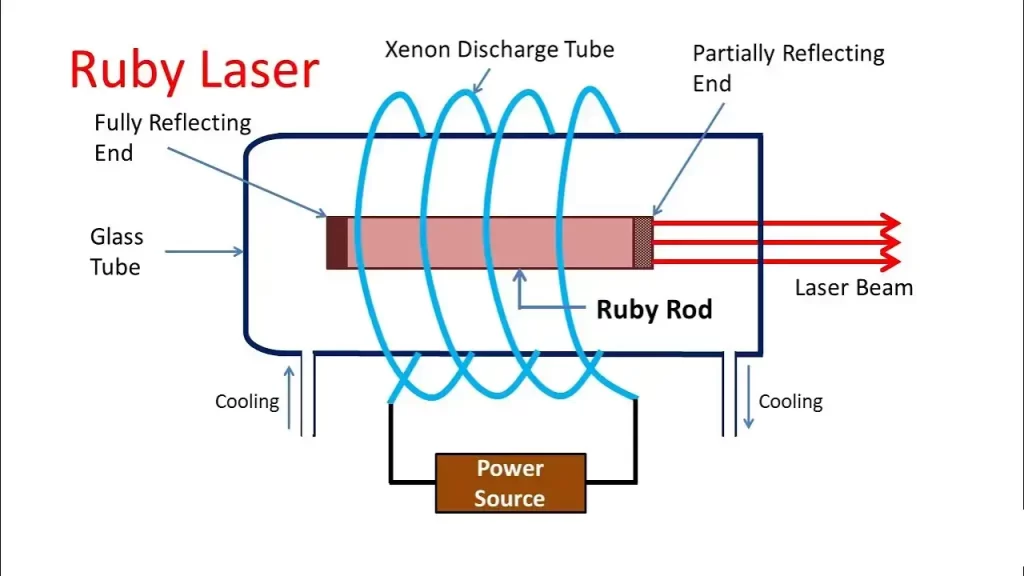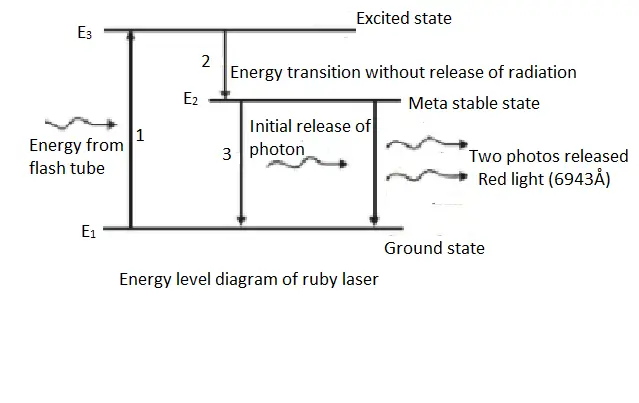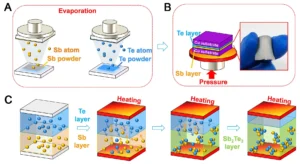The Ruby laser, a groundbreaking invention in the realm of optics and photonics, stands as a significant milestone in the development of laser technology. Conceived by Theodore H. Maiman in 1960, the Ruby laser was the first successful demonstration of a working laser, marking a revolutionary leap forward in the field. This article delves into the intricacies of the Ruby laser, its historical significance, key components, exploring its principles of operation, applications.
Historical Significance:
The successful demonstration of the Ruby laser by Theodore H. Maiman in 1960 marked a pivotal moment in the history of laser technology. Maiman’s achievement confirmed the viability of the laser concept and spurred rapid advancements in the field. The Ruby laser paved the way for the development of various types of lasers, including semiconductor lasers, gas lasers, and solid-state lasers, which have since become integral components in numerous applications across industries.
Key Components:
Ruby Crystal:
The heart of the Ruby laser, the synthetic ruby crystal, is essential for the generation of laser light. The crystal is carefully crafted to contain chromium ions, which play a crucial role in the amplification process.
Flash lamp:
The flash lamp serves as the pump source for the Ruby laser. It is a helical flash lamp filled with xenon gas.It provides the necessary energy to excite the chromium ions in the ruby crystal, initiating the process of stimulated emission.
Reflective Ends:
The ends of the ruby crystal are coated with highly reflective and partially transparent materials. These ends allow for the confinement and amplification of the emitted photons within the crystal.

Principles of Operation:
The Ruby laser operates based on the principle of light amplification by stimulated emission of radiation, commonly known as LASER. In the case of the Ruby laser, the active medium is a synthetic crystal of chromium-doped aluminium oxide, also known as ruby. The ruby crystal is optically pumped using a powerful flash lamp, which excites the chromium ions within the crystal.

As the chromium ions return to their ground state from the excited state, they emit photons at specific wavelengths. These emitted photons are then confined within the ruby crystal, bouncing between reflective ends of the crystal in a process called optical feedback. This continuous bouncing amplifies the intensity of the light, resulting in a highly collimated, monochromatic, and coherent laser beam emerging through one of the crystal’s ends, which is partially transparent.
Applications:
While the Ruby laser has been largely superseded by more advanced laser technologies, it laid the foundation for subsequent developments and found applications in various fields during its early years. Some notable applications include:
1. Research and Development:
The Ruby laser was initially employed for scientific research, serving as a tool for studying fundamental aspects of light-matter interactions and the principles of laser technology.
2. Medicine:
In its early days, Ruby lasers were used in medical applications, such as dermatology and ophthalmology, for procedures like tattoo removal and retinal surgeries.
Communication:
Although limited by its size and efficiency, the Ruby laser contributed to early experiments in optical communication systems.
Conclusion:
The Ruby laser, despite being surpassed by more advanced laser technologies, remains an iconic invention that laid the groundwork for the development of lasers. Its principles of operation and applications have inspired subsequent generations of researchers and engineers to push the boundaries of laser technology, leading to the diverse and widespread use of lasers in modern society. The Ruby laser’s legacy endures as a testament to the ingenuity and innovation that drive scientific and technological progress.




